Marketing Insight: Kahneman's and Barden's Dual System Theories
Dual System Theory
of Daniel Kahneman
and Phil Barden
I have always been interested in how the human mind works and what drives our behavior. That's why I recently became fascinated with reading books on marketing and psychology.
I was especially captivated by the work of Daniel Kahneman and Phil Barden. In his book "Thinking Fast and Slow," Kahneman describes two systems of thinking - the intuitive System 1 and the logical System 2. And in "Decoded: The Science Behind Why We Buy," Barden talks about the "pilot" and the "autopilot."

I realized these are essentially the same thing. The autopilot is our instincts and emotions, while the pilot is logical thinking. Interestingly, they work in tandem.
For example, when I walk through a supermarket, my gaze first catches on a bright package or appetizing smell - that's the autopilot at work. But then the pilot kicks in and starts analyzing - is it worth buying this product, is it too expensive?
The same happens with brands. When I see the Starbucks logo, the autopilot immediately elicits positive emotions - aromatic coffee, cozy atmosphere. And the pilot then decides if I'm willing to overpay for the brand.
Understanding how these two systems operate is a key point in marketing. Companies try to create an attractive "framing" for the product to appeal to our autopilot. But it's also important to logically convince the pilot that the purchase makes sense.
The
Systems
of
Thinking
in Action
System 1, or the "autopilot," represents our intuitive reaction to the outside world. It quickly makes judgments and perceives external factors like product design or store atmosphere. This process happens instantly and subconsciously, and we often don't even realize it.
System 2, or the "pilot," represents a more conscious, analytical approach. This system requires effort and concentration. The pilot analyzes specific product characteristics, makes comparisons, and evaluates them.
It's important to understand these two systems don't act independently of each other. They interact and influence our decisions. For example, when choosing a product in a store, the autopilot may draw our attention to an attractive package or aroma, while the pilot will analyze the price and quality.
In marketing and advertising, understanding this interaction can be key. Knowing how both systems influence consumer decisions, marketers can create effective strategies that appeal to both the intuitive and rational sides of consumers.
The
Framing Effect
and
Brand Influence
The "framing" effect is a phenomenon Phil Barden describes in detail in his book "Decoded: The Science Behind Why We Buy." It refers to how external factors and context influence the perception of a product or service.
Imagine you are in a supermarket aisle facing the coffee section. One coffee tin stands out with stylish packaging and is under bright lighting. Another tin has modest branding and sits in a less lit corner. This is the framing effect – the surroundings and design influence your perception of the product.
Now imagine one tin belongs to a famous brand like Starbucks, while the other is from a local cafe without a well-known name. Regardless of the actual coffee quality, the Starbucks brand creates a sort of "framing" for its product.
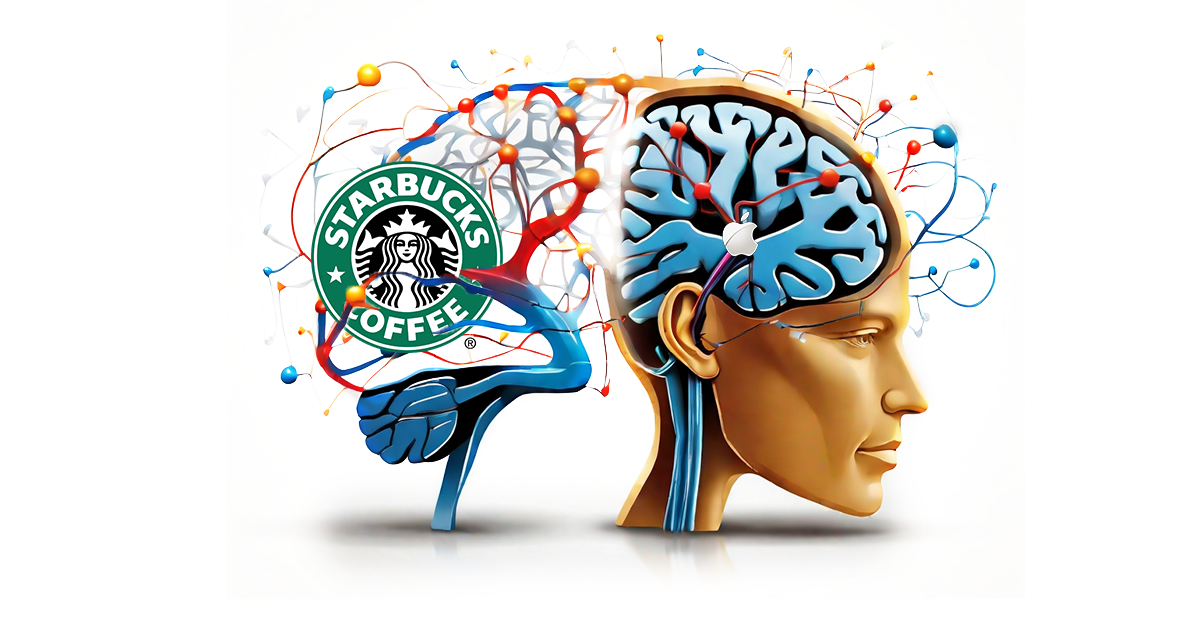
The Starbucks brand is associated with the atmosphere of cozy cafes, stylish design, and high quality. So many consumers are willing to overpay for Starbucks coffee, even when a similar coffee at a local cafe costs less.
This example shows how a brand can create "framing" that appeals to the consumer's System 1 or autopilot. The emotions and associations tied to the brand can alter the perception of the product and influence the purchase decision.
For marketers, this means brand-building and creating positive associations can be a powerful tool for influencing consumer behavior. Understanding how brand interacts with System 1 allows developing marketing strategies that account for this "framing" effect.
Thus, the framing effect and influence of brand can significantly impact consumer decision making.
Interaction Between
the Pilot and Autopilot
in Marketing
We've already looked at the two systems of thinking - the "pilot" and the "autopilot" - and how they influence consumer decision making. Now let's discuss how these systems interact in a marketing context.
The pilot is the conscious system that analyzes specific product characteristics like price, quality, utility. The pilot is similar to System 2 described in Daniel Kahneman's "Thinking Fast and Slow." It's the effortful, aware system.
The autopilot is the intuitive system that instantly reacts to external factors and creates "framing" around the product. This can be packaging design, store atmosphere, music, scents, and other stimuli. The autopilot is akin to Kahneman's System 1 – the fast, emotional system.
It's important to understand the pilot and autopilot work closely together when making purchase decisions. Imagine you are standing in front of a shelf with a product, and your gaze falls on it. At this moment, your autopilot starts evaluating the "framing" - the design, color, brand associations. Emotions and first impressions are formed quickly and subconsciously.
Then your pilot kicks in. You start analyzing the price, quality, usefulness of the product. The pilot requires effort and concentration, and at this point you may ask yourself questions like "Do I really need this?" or "Can I find a better deal?"
The final purchase decision is shaped at the intersection of the pilot and autopilot's work. If the "framing" elicits positive emotions and associations, the pilot is inclined to confirm the choice. But if the pilot finds downsides like a high price, it may object.
For marketers and brands, it's important to understand this interaction. Creating positive "framing" around a product, backed up by conscious arguments, can significantly increase purchase likelihood. Brand strength and external design can convince the autopilot of the right choice, while price and product characteristics convince the pilot.
In marketing, it's crucial to work with both consumer thinking systems, accounting for their interplay. This allows creating the best conditions for a successful sale.
Source: "Decoded: The Science Behind Why We Buy" by Phil Barden; Thinking, Fast and Slow is a 2011 popular science book by psychologist Daniel Kahneman
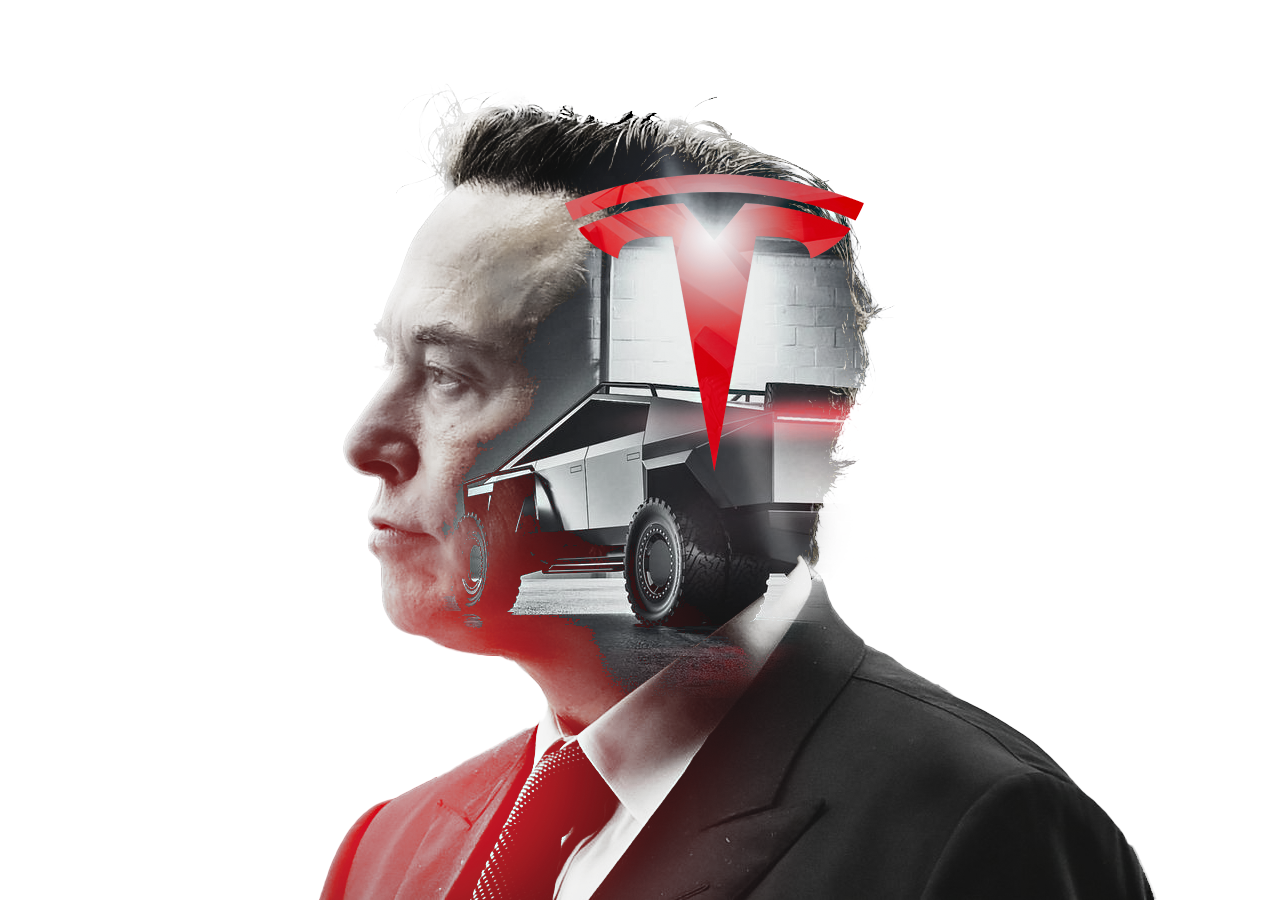 Elon Musk's radically angular Cybertruck pickup shocked audiences in 2019 with its geometric stainless steel body evoking sci-fi movies and 80s cars. Its unconventional form draws criticism along with praise for its boldly futuristic look. Behind the origami-esque styling lies a highly capable electric truck with armored doors, adaptive air suspension, and up to 500km range. But with pickup buyers traditionally loyal to brands like Ford and RAM, does the Cybertruck's divisive design represent an innovation that will disrupt and transform the market or an alienating bust?
Elon Musk's radically angular Cybertruck pickup shocked audiences in 2019 with its geometric stainless steel body evoking sci-fi movies and 80s cars. Its unconventional form draws criticism along with praise for its boldly futuristic look. Behind the origami-esque styling lies a highly capable electric truck with armored doors, adaptive air suspension, and up to 500km range. But with pickup buyers traditionally loyal to brands like Ford and RAM, does the Cybertruck's divisive design represent an innovation that will disrupt and transform the market or an alienating bust?
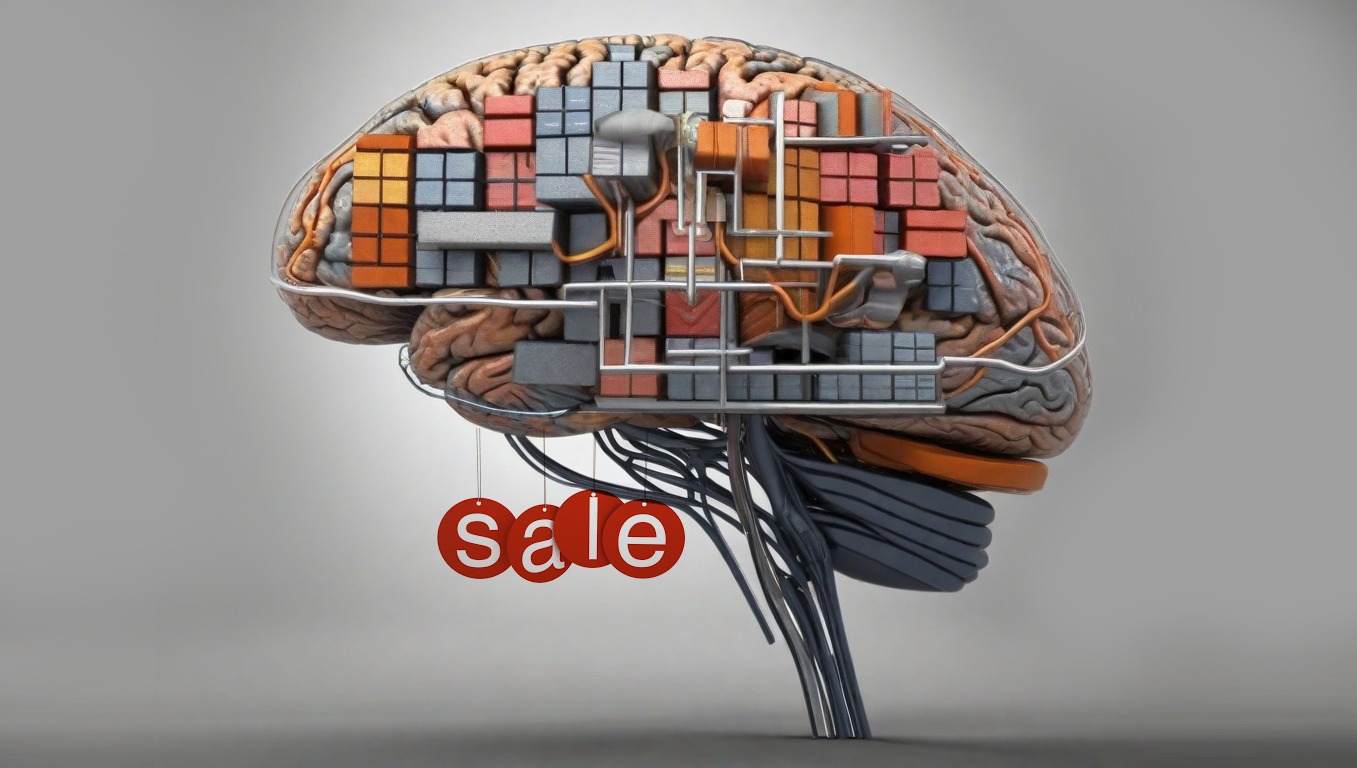 Explore how neuromarketing reveals the brain's role in purchase decisions based on pleasure and suffering. Learn about the endowment effect and its intriguing parallels, as well as the diminishing marginal utility of wealth. Uncover key factors influencing buying choices and their implications for marketing.
Explore how neuromarketing reveals the brain's role in purchase decisions based on pleasure and suffering. Learn about the endowment effect and its intriguing parallels, as well as the diminishing marginal utility of wealth. Uncover key factors influencing buying choices and their implications for marketing.
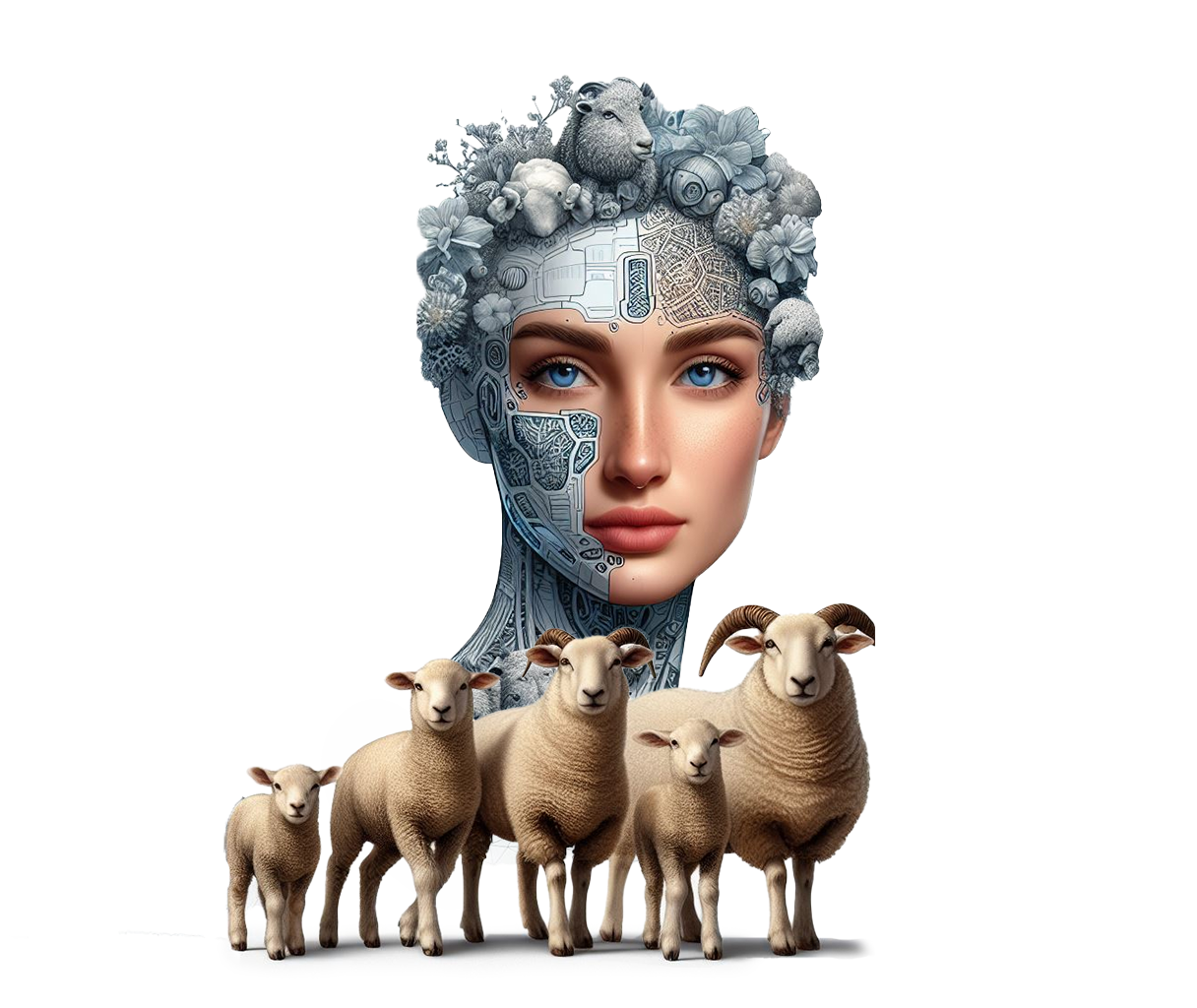 In the excerpt below, the author analyzes various aspects of this problem, including an AI's understanding of human goals, adoption of these goals, and retention of them during self-learning and self-improvement. Tegmark points out the complexity of each of these components and argues that to safely create a superintelligent AI, solutions to this multifaceted problem must be found in advance, before its emergence.
In the excerpt below, the author analyzes various aspects of this problem, including an AI's understanding of human goals, adoption of these goals, and retention of them during self-learning and self-improvement. Tegmark points out the complexity of each of these components and argues that to safely create a superintelligent AI, solutions to this multifaceted problem must be found in advance, before its emergence.
 Dive into the marketing odyssey of "Greek Peak," a ski haven sculpted by the expertise of Richard Thaler, a maestro in behavioral economics. Through calculated pricing crescendos, the resort danced with gradual increments, ensuring customer harmony. Thaler's insights fueled service crescendos, with free offerings and tailored passes for locals and students.
Dive into the marketing odyssey of "Greek Peak," a ski haven sculpted by the expertise of Richard Thaler, a maestro in behavioral economics. Through calculated pricing crescendos, the resort danced with gradual increments, ensuring customer harmony. Thaler's insights fueled service crescendos, with free offerings and tailored passes for locals and students. 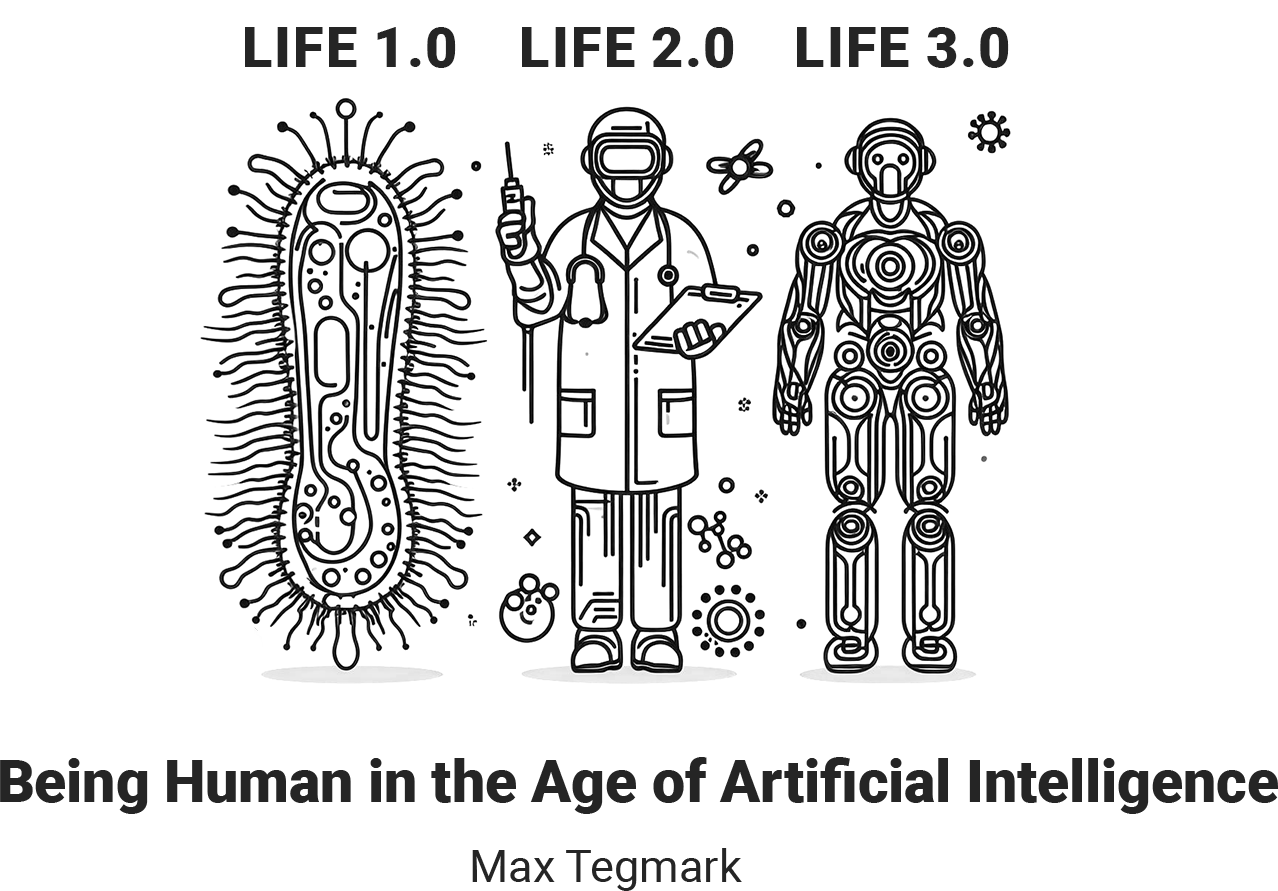 This article explores the origins and nature of intelligence, both in biological brains and in artificial systems. Tracing the evolution of learning from the first neural networks to present-day deep learning, it investigates how matter arranged to obey physics can learn, remember and compute. The author examines parallels between animal and artificial intelligence, asking whether machines can reach advanced general intelligence surpassing humans, and what the societal impacts may be as AI progresses. Fundamental questions on the essence of mind and cognition are raised through an interdisciplinary lens spanning physics, neuroscience and computer science.
This article explores the origins and nature of intelligence, both in biological brains and in artificial systems. Tracing the evolution of learning from the first neural networks to present-day deep learning, it investigates how matter arranged to obey physics can learn, remember and compute. The author examines parallels between animal and artificial intelligence, asking whether machines can reach advanced general intelligence surpassing humans, and what the societal impacts may be as AI progresses. Fundamental questions on the essence of mind and cognition are raised through an interdisciplinary lens spanning physics, neuroscience and computer science.
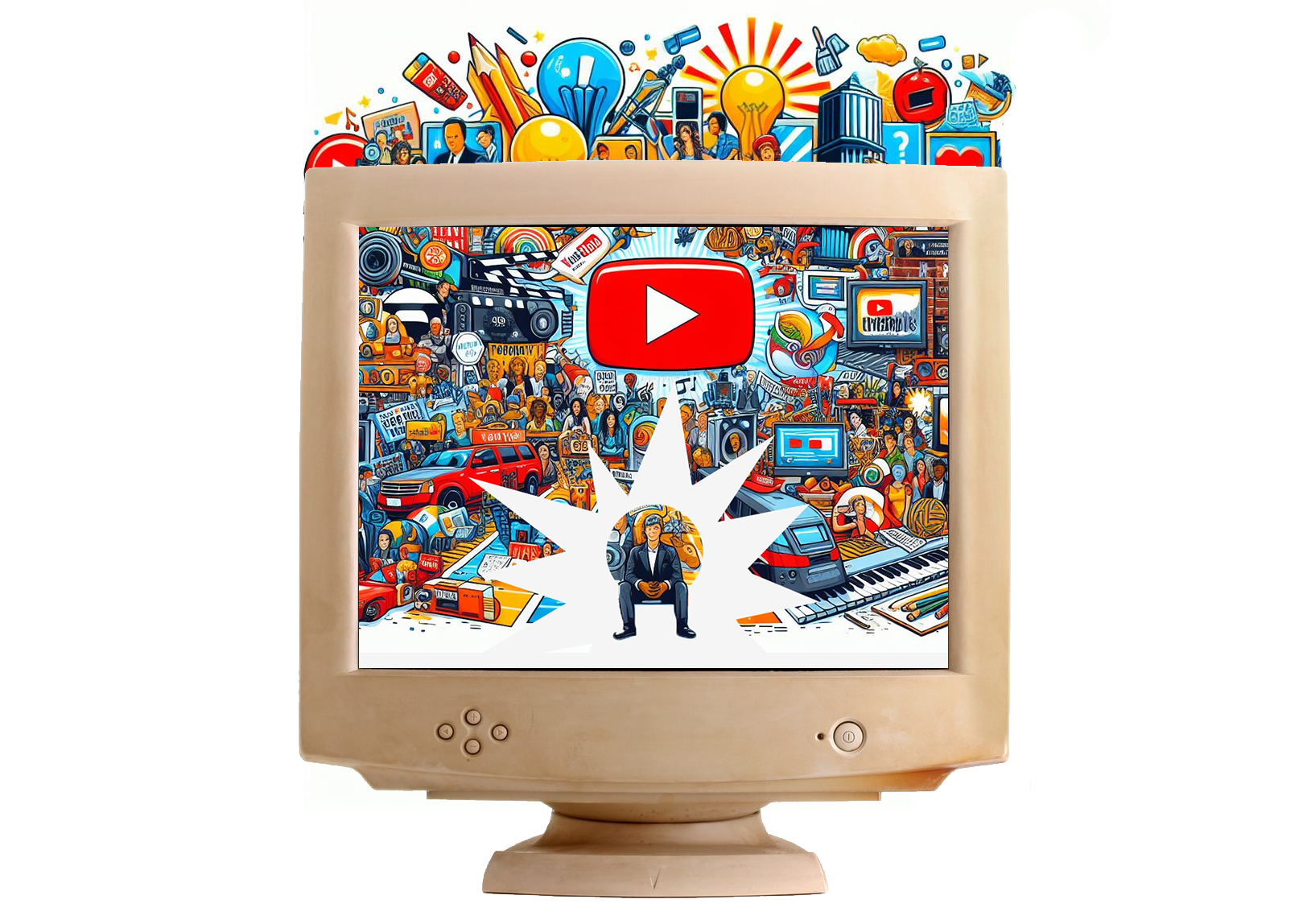 YouTube's origin traces back to three individuals from the PayPal mafia: Chad Hurley, Jawed Karim, and Steve Chen. After eBay acquired PayPal, they sought a new venture. Chad, an artist turned IT enthusiast, designed PayPal's logo. Steven, a Taiwanese math graduate, owned his tech company. Jawed, born in GDR, created an autonomous messaging system.
Inspired by the 2004 tsunami's lack of online footage, Jawed proposed a video hosting idea. Initially conceived as a dating site, YouTube emerged in 2005. Despite various versions of the creation story, the trio's collaboration birthed the beloved platform.
YouTube's San Bruno, California, roots saw its initial non-commercial phase. Rapidly gaining 9 million daily users, an ad marked its commercial turn. Jawed's 18-20-second zoo video on April 23, 2005, marked the platform's video era. By 2006, significant investment and over 65,000 videos propelled YouTube to global fame, attracting over 100 million daily views.
YouTube's origin traces back to three individuals from the PayPal mafia: Chad Hurley, Jawed Karim, and Steve Chen. After eBay acquired PayPal, they sought a new venture. Chad, an artist turned IT enthusiast, designed PayPal's logo. Steven, a Taiwanese math graduate, owned his tech company. Jawed, born in GDR, created an autonomous messaging system.
Inspired by the 2004 tsunami's lack of online footage, Jawed proposed a video hosting idea. Initially conceived as a dating site, YouTube emerged in 2005. Despite various versions of the creation story, the trio's collaboration birthed the beloved platform.
YouTube's San Bruno, California, roots saw its initial non-commercial phase. Rapidly gaining 9 million daily users, an ad marked its commercial turn. Jawed's 18-20-second zoo video on April 23, 2005, marked the platform's video era. By 2006, significant investment and over 65,000 videos propelled YouTube to global fame, attracting over 100 million daily views.
